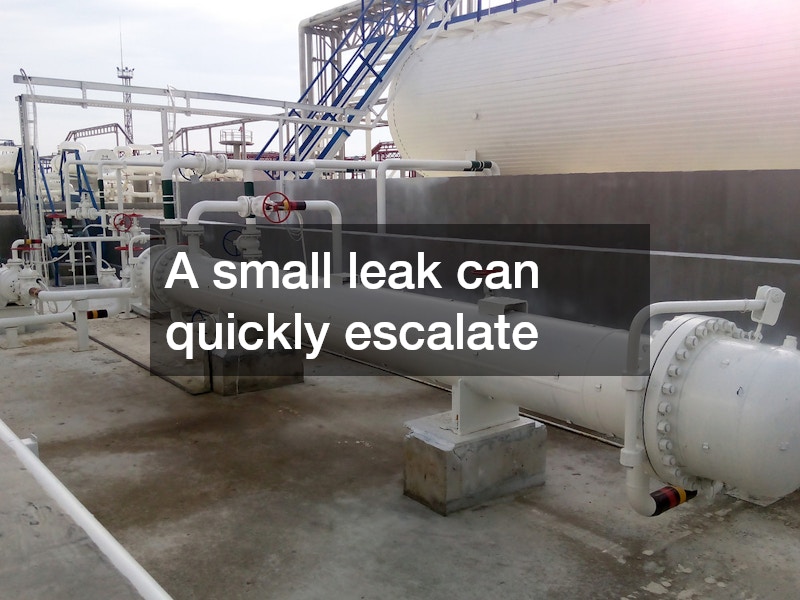Top Safety Tips When Operating an LPG Pump
Liquefied Petroleum Gas (LPG) is a versatile and widely used fuel for heating, cooking, and industrial applications. While it offers significant convenience, it is also highly flammable and requires careful handling. One of the most critical components for safe usage is the pump. Whether you are using it at a commercial fueling station or in an industrial setting, understanding safety precautions is essential. This article provides top safety tips to ensure the proper operation of an LPG pump while minimizing risks.
Understand the Equipment
Before using an LPG pump, it is crucial to familiarize yourself with its components and functions. A pump system typically includes hoses, valves, nozzles, and pressure gauges.
Each part plays a critical role in ensuring safe fuel transfer. Always read the manufacturer’s manual and guidelines carefully. Understanding how to start, operate, and stop the pump can prevent accidents and equipment damage. Some pumps may have automatic shut-off features, leak detectors, or emergency stop buttons—know where they are and how to use them.
Regular training for staff or personnel is highly recommended. Even experienced operators can benefit from refresher courses to stay updated on safety practices and emergency procedures.
Conduct Regular Inspections
Routine inspections are vital when handling an LPG pump. Before every use, check hoses, connections, and valves for wear and tear, cracks, or leaks. A small leak can quickly escalate into a hazardous situation due to the flammable nature of LPG. Ensure that pressure gauges are functioning correctly and that safety relief valves are not blocked. Additionally, confirm that all fittings are properly tightened. Leaks or malfunctioning parts are the leading causes of accidents in LPG handling.
Beyond daily checks, schedule periodic maintenance according to the manufacturer’s instructions. Keeping the pump in top condition not only ensures safety but also prolongs the equipment’s lifespan.
Follow Proper Handling Procedures
Handling LPG requires strict adherence to safety protocols. Always ensure that the area around the LPG pump is well-ventilated to prevent gas accumulation. LPG is heavier than air, meaning it can settle in low areas and create an explosive environment if ignited. When transferring gas, avoid smoking or using open flames near the pump. Ensure that all electrical equipment in the vicinity is explosion-proof to prevent sparks. Always wear appropriate personal protective equipment (PPE), such as gloves and safety goggles, to reduce the risk of injury.
Never overfill containers. Overfilling can cause gas expansion, leading to leaks or bursts. Use the pump’s built-in level indicators and follow the recommended filling procedures.
Be Prepared for Emergencies
Even with proper precautions, accidents can occur. Knowing how to respond quickly can prevent injuries or major damage. Keep fire extinguishers rated for flammable gas within easy reach. Staff should be trained on how to use them effectively. In the event of a leak or spill, immediately shut off the pump and evacuate the area. Avoid attempting repairs while gas is leaking, as it could trigger an explosion. Have a clear emergency response plan and make sure all personnel are familiar with it.
Additionally, maintain proper signage around the LPG pump to alert others of potential hazards. Warning signs and emergency contact information can help reduce panic and ensure swift action in critical situations.
Store and Dispose of LPG Safely
Safe storage and disposal of LPG containers are equally important. Always keep cylinders upright and secured to prevent tipping. Store them in a cool, ventilated area away from direct sunlight or heat sources. Do not store near combustible materials or electrical equipment. If a cylinder is damaged or expired, follow the proper disposal procedures recommended by your local regulations. Improper storage or disposal can result in leaks or explosions.
By maintaining strict storage practices, you protect not only yourself but also others who may be in the vicinity of the Pump.
Operating an LPG pump safely requires a combination of knowledge, vigilance, and preparation. Understanding the equipment, performing regular inspections, following proper handling procedures, being ready for emergencies, and storing LPG safely are all essential steps to prevent accidents.
By adopting these top safety tips, operators can ensure the safe transfer and use of LPG, protecting both personnel and property. Remember, safety is not just a guideline—it is a responsibility. Whether you are a commercial operator or a first-time user, treating an LPG pump with respect and care will ensure reliable and hazard-free operation every time.


